The captive primates in Anne Berry’s photographs don’t look too happy, but she’s not advocating against zoos.
“I think zoos are doing a better and better job of keeping animals and replicating habitats that don’t exist in the wild anymore,” Berry said. “It’s not the best that you’d like, but it’s keeping species alive.”
Still, the somber mood in Berry’s portraits isn’t accidental. She shoots in black and white and uses a wide aperture on her 80 mm lens because she wants viewers to think about the challenges those animals face in the wild due to the increasing loss of their natural habitat. “I think it makes people have more empathy for them and stop and look at the picture. If they feel sadness and nostalgia, they might think about what’s happening,” she said.

Anne Berry
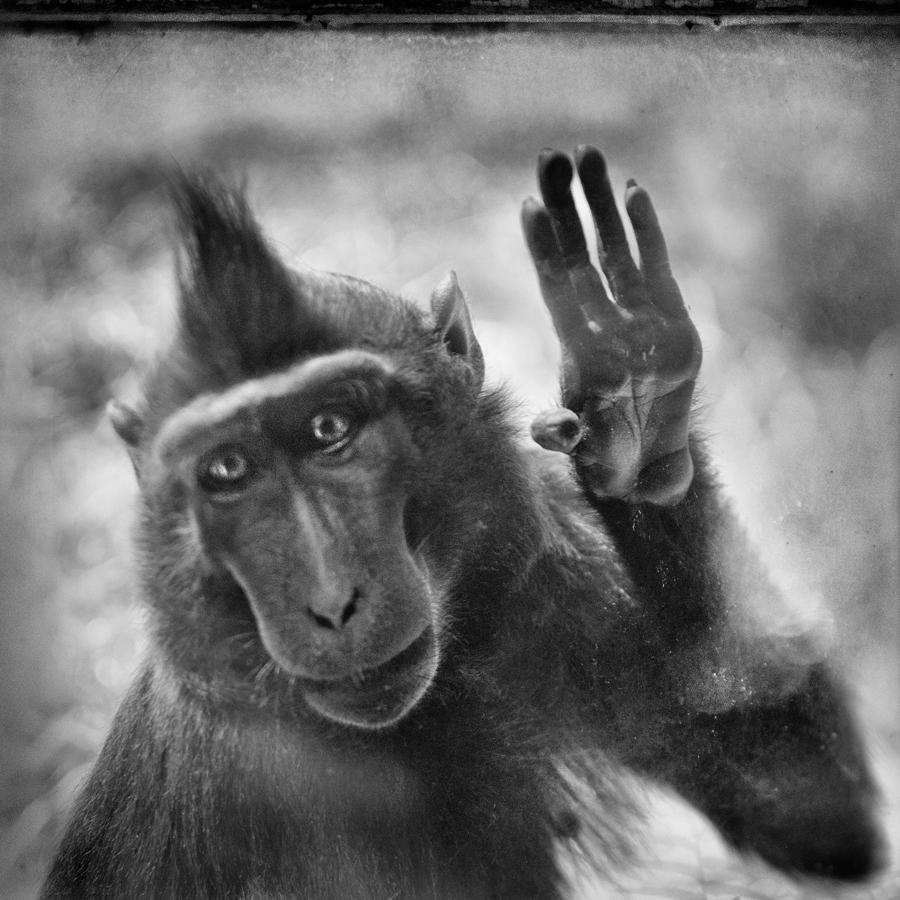
Anne Berry
Berry was traveling with her husband in Paris when she took her first photo of a primate at the Ménagerie du Jardin des Plantes. After that, she said, she’d photograph at zoos wherever her husband’s work took them. Eventually, she started making trips with the express purpose of taking pictures of the animals. Since she started the series, she’s photographed in Amsterdam, Russia, India, and beyond.
Berry grew up riding and training horses and has always loved animals, but doing the series made her more attuned to issues of animal welfare. “My photographs are about the beauty of animals but, more importantly, about their plight. The pictorial quality of these images softens the shock, but the punch is there in the eyes and melancholy expressions of the animals,” she wrote in a statement on her website.
Although Berry has taken photos of animals in the wild in the past, she said that photographing in the zoos allowed her to get close to the animals and spend as much as several days waiting for the right shot.

Anne Berry
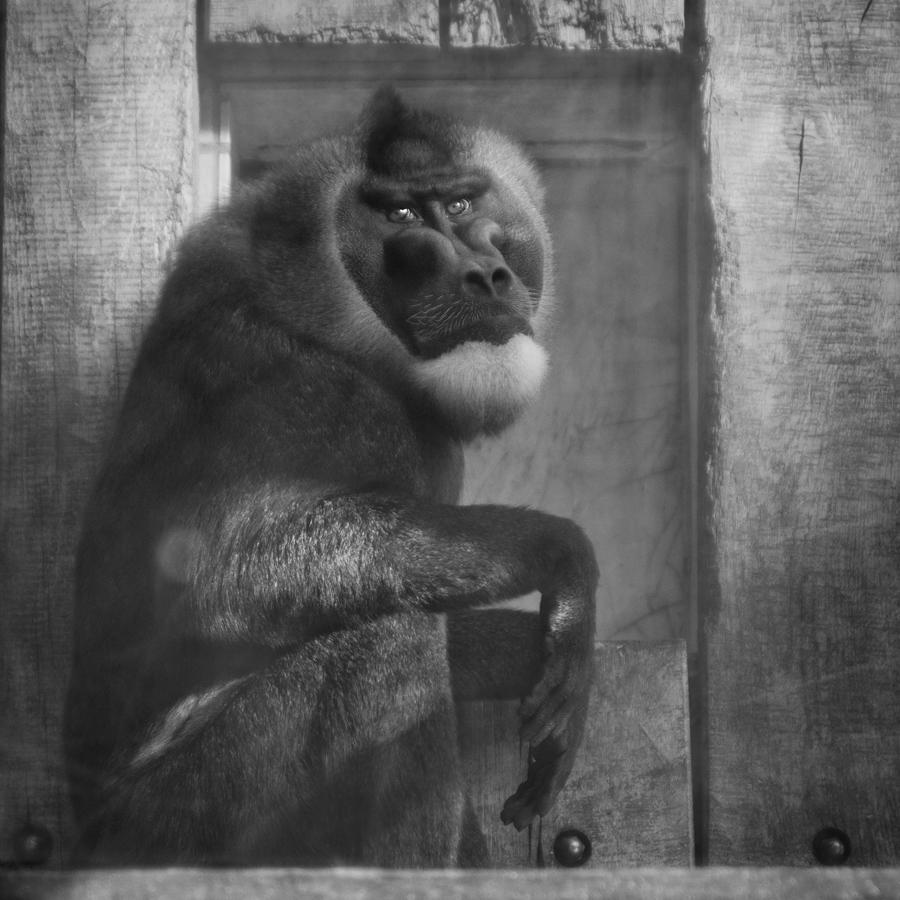
Anne Berry
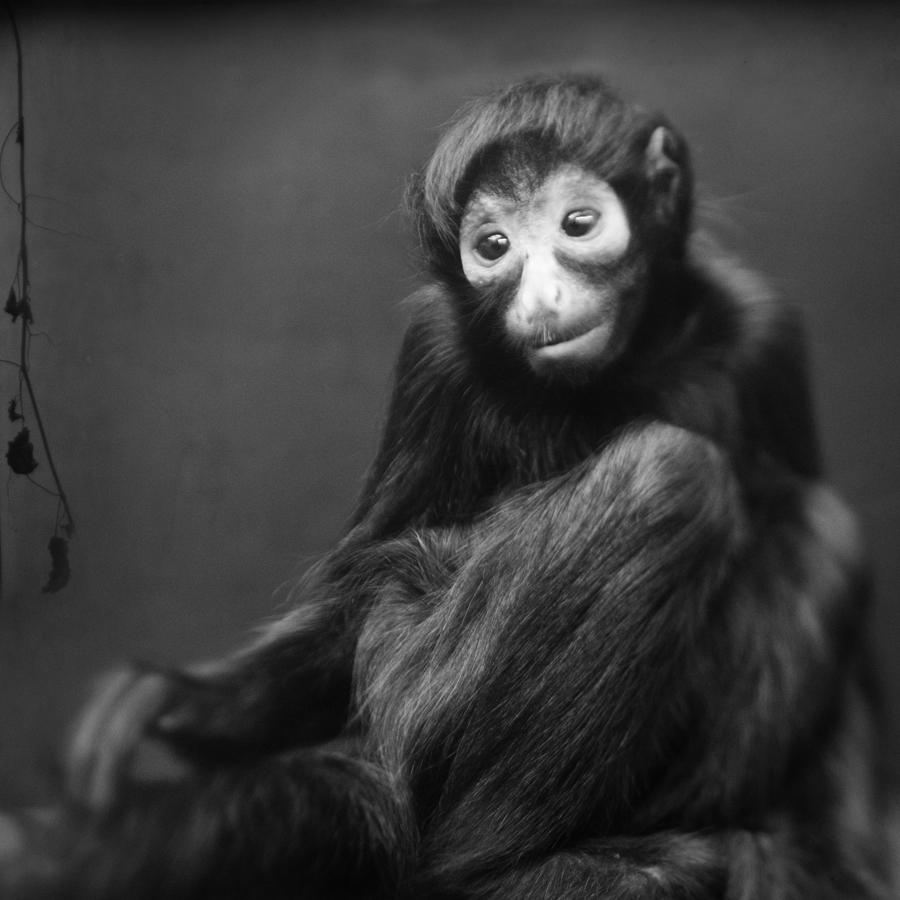
Anne Berry
It also allowed her to make an artistic statement that she wouldn’t have been able to make otherwise. Berry said the title of the series, “Behind Glass,” refers to the relationship animals have with nature as well as the artist’s relationship with her subjects. In both cases, there’s a disconnect. “Where we did use to live in the same environment with the animals, now we put them in a cage. The other part of that metaphor would be the artist watching the world through the glass instead of participating in it. That’s interesting to me. There’s two pieces of glass between us,” she said.
Berry strives to break the barrier between art and activism by using her work to benefit nonprofits. She licenses the photos of the primates to the zoos at which they were photographed free of charge, and she’ll also make a catalogue of the zoo’s animals upon request. “I feel a responsibility to take part, to contribute. These photographs should be a voice for the animals,” she wrote.
Berry is currently looking to publish a book of the photos in the series. She intends to donate the proceeds to a nonprofit dedicated to helping primates in the wild.
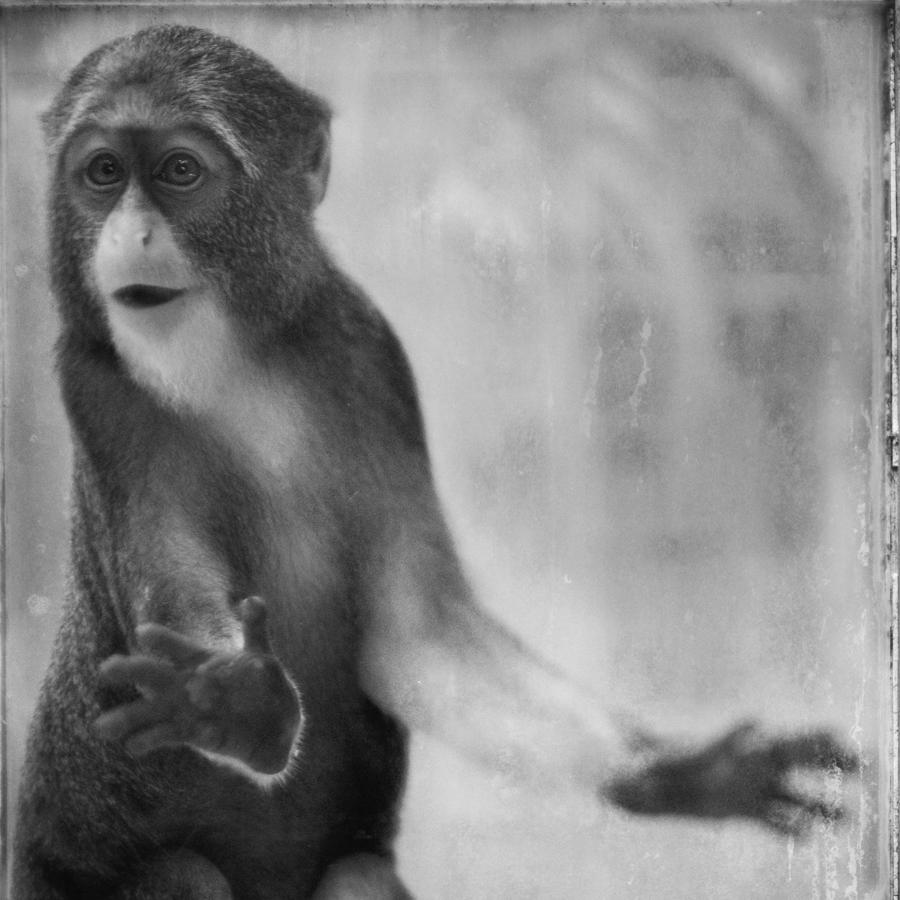
Anne Berry
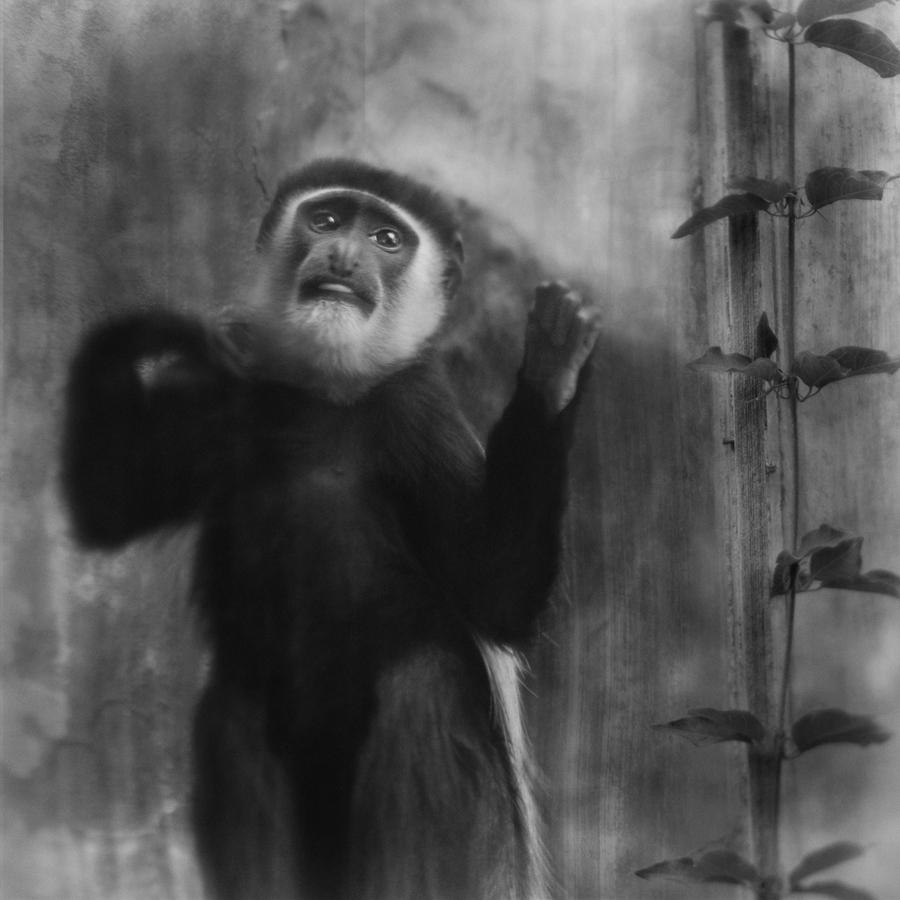
Anne Berry
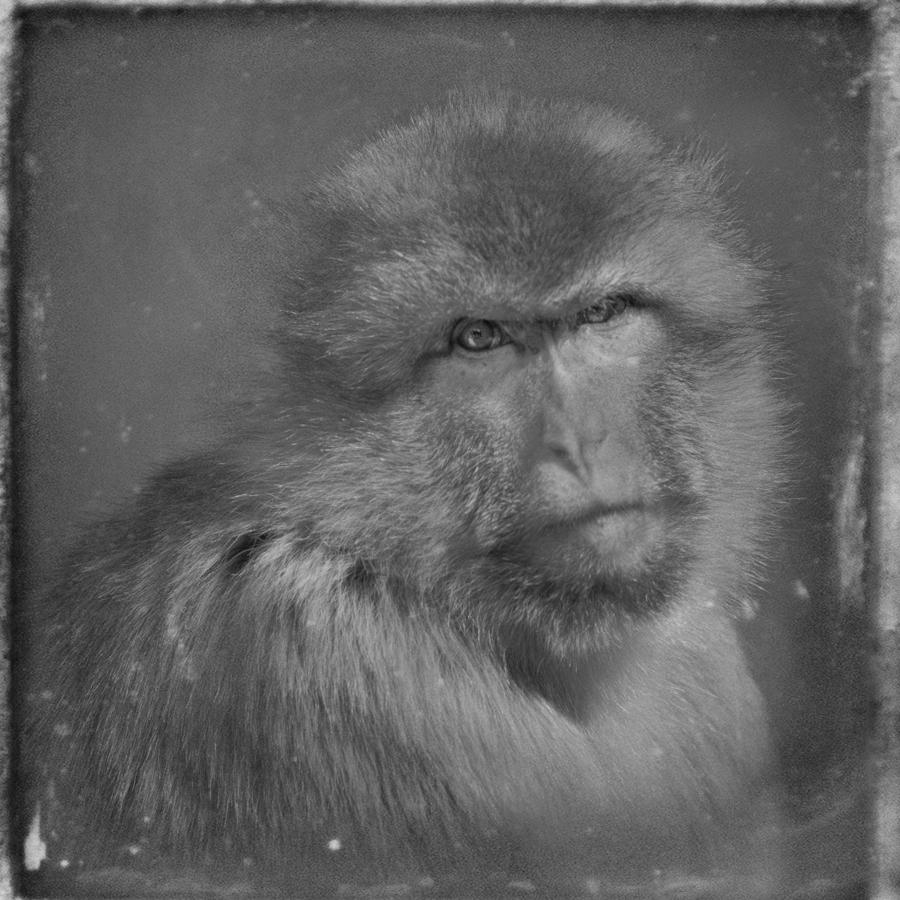
Anne Berry

Anne Berry
